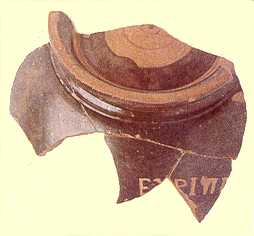 | 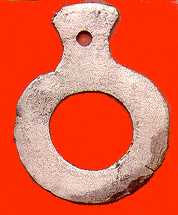 | 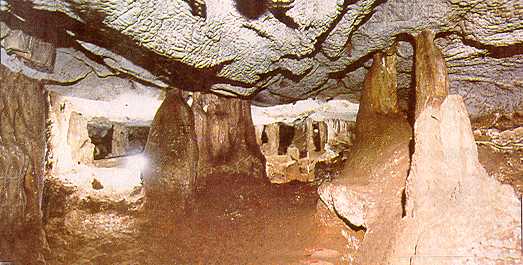 | 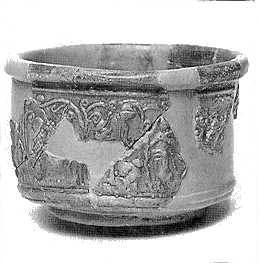 | 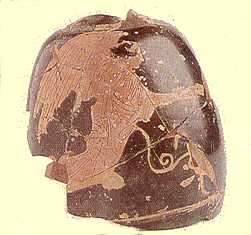 |
 |  |  |  |  |
Excavations have been conducted since 1994 in a cave on the small island of Salamina in the Saronic Gulf of Attica, Greece. Archaeologists discovered that the cave was first used in the Neolithic times as residence, then in the Mycaenean Age as cemetery, in the Roman Times as a shrine and even as a treasure safe for 32 silver and silver plated coins of the Roman Emperor Gallienus (253-268 CE). Moreover, it is claimed that it was also Euripides (c. 480/5-406 BCE) cave in Classical times.
The excavator, Prof. Yiannis Lolos and his team, have just completed the excavations in the cave and have a complete picture of life in it. They found a silver ring-idol pendant which are extremely rare from Neolithic Greece although there are some made of gold (see A972. Neolithic Gold Treasure, Excavations in Athens, Argolis & Egypt ). Among various findings a roman cup of the skyphos type which measures 5.2 cm height and 8.3 cm diameter is most interesting. It was found in 18 small pieces which archaeologists made a great effort to put together. The cup is made of yellow clay and it has a relief decoration with scenes from a feast in honor of Dionysus. It must have been made in Corinth between the 2nd and the 3rd century CE and was brought to the cave by a Greek or Roman worshiper.
Still another interesting artefact is a big fragment from a lykithos type of vase inscribed with a very nice flying and winged victory. It is a fine piece of late attic pottery.
As it was announced in early 1997 though, with the discovery of an ostracon (fragment of a vase) bearing part of the word Euripides, Lolos is convinced that this was Euripides cave. Lolos believes that there Euripides composed his Hippolytus. The ostracon can be dated between 430-420 BCE and it was most probably used as a ritual item in the name of the tragedy poet, not uncommon in this period. The excavator thinks that using a place of spiritual inspiration as a worshiping site, is unique in ancient times.